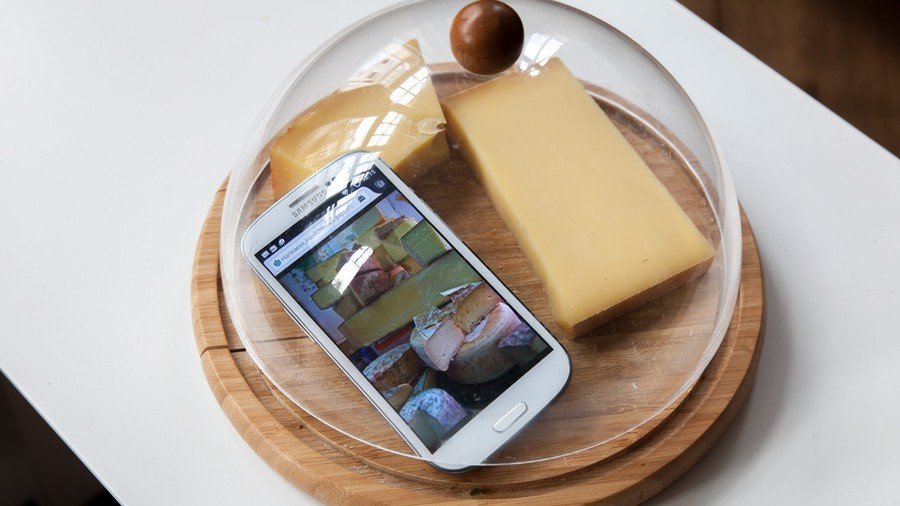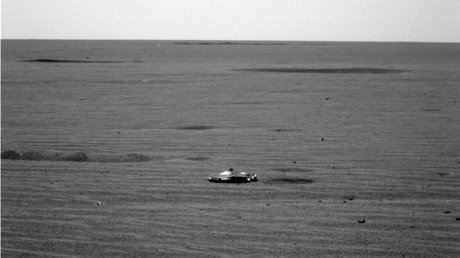Scientists can alter how your food tastes using virtual reality – study

When we eat, the ambiance and environment play a much larger role than previously thought. A team of scientists at Cornell University have shown that we can alter how our food tastes using virtual reality.
“When we eat, we perceive not only just the taste and aroma of foods, we get sensory input from our surroundings – our eyes, ears, even our memories about surroundings,” said Robin Dando, associate professor of food science and senior author of the research.
READ MORE: Is this ‘life on Mars’? New project makes walking on red planet a virtual reality (VIDEO)
In the study, published in the Journal of Food Science, a total of 50 test subjects were given three samples of blue cheese which they tasted while wearing a virtual reality headset that placed them in three distinct digital environments: a sensory booth, a park bench, and a cow barn at Cornell University.
Unbeknownst to the participants, all three samples of cheese were identical, only the digital environment in which they ate the cheese changed. They were then asked to rate the taste and odor of the cheese and, as a control method, were also asked to rate its saltiness.
Unsurprisingly, the cheese was saltiest and most pungent when eaten in the cow shed and the scientists found no statistical difference among the volunteers’ answers.
“We consume foods in surroundings that can spill over into our perceptions of the food,” said Dando.
“This research validates that virtual reality can be used, as it provides an immersive environment for testing," said Dando. “Visually, virtual reality imparts qualities of the environment itself to the food being consumed – making this kind of testing cost-efficient.”
Think your friends would be interested? Share this story!














